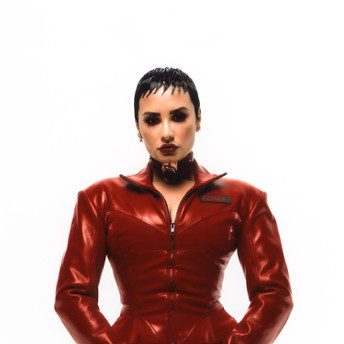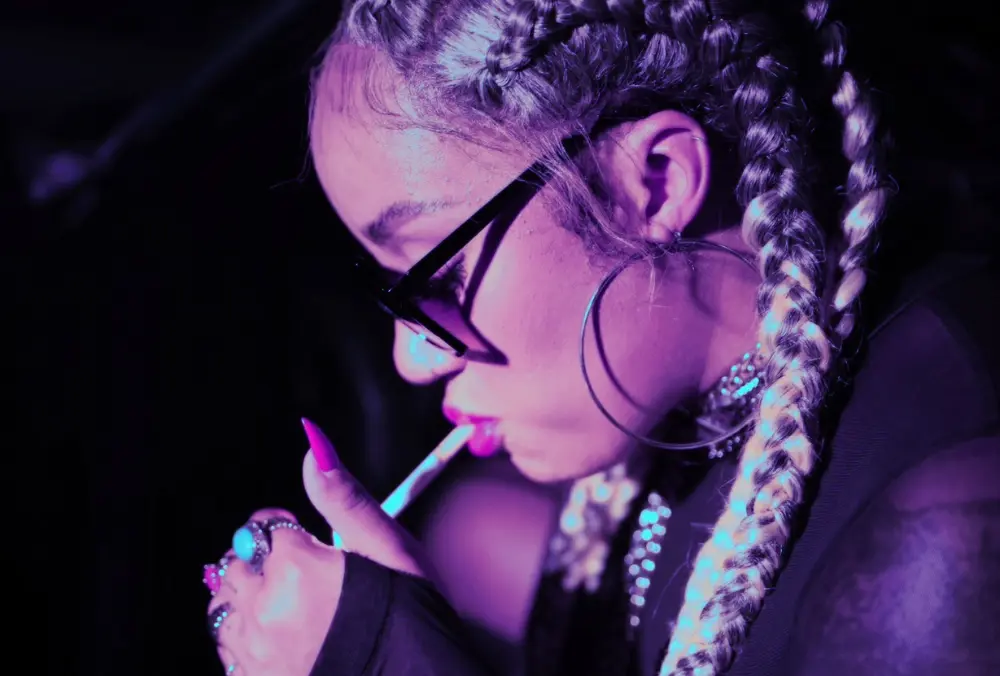Designer John Richmond on Punk Fashion & How Patti Smith Changed Him
 Posted On
Posted On
John Richmond is a product of the British resourcefulness that has not stopped leaving its mark on fashion and music since the post-war period. An internationally renowned fashion designer, the fashion press associates him with rock n’ roll and punk, but with his works he embraces all the British musical genres that have influenced the rest of the world.
He arrived in Italy in the early ’80s after earning a degree in Fashion Design at London’s Kensington University, and collaborated with brands that, in those years, were anticipating trends: Armani and Fiorucci. English individualism, which he himself talks about in the interview, is probably the reason why in 1987 he created the brand that bears his name.
He has a style that still influences international fashion today, thanks to his now iconic jeans model with the writing “RICH.” In the early 2000s, logo mania swept through many other brands.
Trending on Billboard
John Richmond, however, is not just fashion. Artists who perform with his clothes have included Madonna, George Michael, David Bowie, Mick Jagger, Annie Lennox, Axl Rose, Bryan Adams, Michael Jackson, Britney Spears, Lady Gaga and many others.
What is the song that most represented your youth?
It’s still one of my favorite songs of all time: “Life on Mars?” by David Bowie.
What musical memories do you have from your adolescence?
If you grew up in the early ’70s you can only have fond memories. We went dancing in teenage discos where Northern Soul reigned, a fantastic genre popular in the north of England. In particular, I used to go to the Wigan Casino, a renowned venue at the time. It was all a combination of things: music, clothing, appearance, style, attitude. A poor country can give you opportunities: in those years the youth were very disillusioned. Since then, all the things I’m interested in are driven by music. I grew up in Manchester, a very post-industrial, depressing place, but the great thing was we had some amazing clubs and a great music scene. After punk came new wave and then the New Romantic movement. There were artists for whom style, appearance, clothes were really important. Everyone knows Bowie’s songs, but they also know everything about his style: clothes, hairstyles, accessories, makeup. Bowie wasn’t just a singer: he embodied a powerful style.
Why has the United Kingdom, which sometimes appears to be such a detached country, been able to strongly influence the world of style, also in music?
First of all, we are able to laugh at ourselves, and that’s important. Then we live on an island, so we are completely isolated. When you have nothing else, you are forced to be creative. There were a lot of young people who didn’t have many opportunities. I think they were courageous, because they found within themselves the strength to move forward, not to remain isolated. If I look at other countries, there are great leaders in various sectors and people follow that one model, as if they don’t want to dare. In Italy, for example, there is a well-defined style. In England, if I see someone doing something in a certain way, I will do everything I can to do it better, certainly to do it my way: we English have an attitude for individuality.
As an expert in both sectors, what is the relationship between music and fashion?
I summarize it in one of my slogans: “Punk is an attitude, not a trend.” Punk is now much better known as a fashion style than for music. Punk music didn’t last long, but it never stopped permeating fashion. It came to life in the years when the fashion press was starting to become important. People who knew music well worked there. It was therefore easy to find mutual contamination in those pages. London was the site of these changes. I think of Terry Jones who, with Face and then i-D, was one of the most famous and innovative editors-in-chief. At the end of the ’80s music videos arrived, which had the same impact on the audience that TikTok has today. There was no artist who didn’t accompany his or her songs with a music video. We can therefore imagine the importance of clothes, makeup and hairdressing. In those years, if an artist needed an outfit, he or she would go and get it personally. You didn’t go to artists and say, “Here’s my dress, I’ll pay you to wear it at the Oscars.” Musicians would come to my shop, buy clothes and wear them. I remember funny things: the New Kids on the Block arrived on a small street getting out of a white limousine that couldn’t turn the corner and had to reverse. I worked with people like Depeche Mode, Eurythmics, George Michael. Now we realize that we were lucky protagonists of moments that changed the history of these two sectors: we were in the right place at the right time.
If you had to choose one music artist to best represent you, who would it be?
For me there is no absolute icon. I like to see how my clothes are interpreted by those who buy them. I’d rather think of a style. Rock n’ roll is certainly what has most pervaded my works. But I always want to evolve in line with what music offers: today I look a lot at hip-hop.
When do you listen to music?
Always. I only work with music in the background. I particularly love Gilles Peterson from BBC Radio 6 because he’s always looking for new things. Compared to before, I also changed the listening mode. I used to buy – let’s say – Horses by Patti Smith, come home, lie down in a dark room and listen to it for hours without stopping. Today I prefer to listen to what is offered to me by radio and platforms.
Besides “Life on Mars?”, what are some other songs that you would never delete from your playlist?
I would choose an album, The Dark Side of the Moon by Pink Floyd. Also, a few weeks ago there was an incredible Brazilian song featured on Gilles Peterson’s show. It is “Vento de Mayo” by Seu Jorge, produced by Miguel Atwood-Ferguson. I would add another album: Roxy Music’s debut, that really changed British music. And then the Sex Pistols, who influenced music all over the world.
If you wrote a song, what lines would it start with?
I could make the first line of Patti Smith’s “Gloria” my own: “Jesus died for somebody’s sins, but not mine.” As a boy who grew up in a Catholic context, attending a Roman Catholic school, these words had a strong impact on me. It was a powerful and liberating realization, taking away that sense of having to carry the sins of others on my shoulders.


